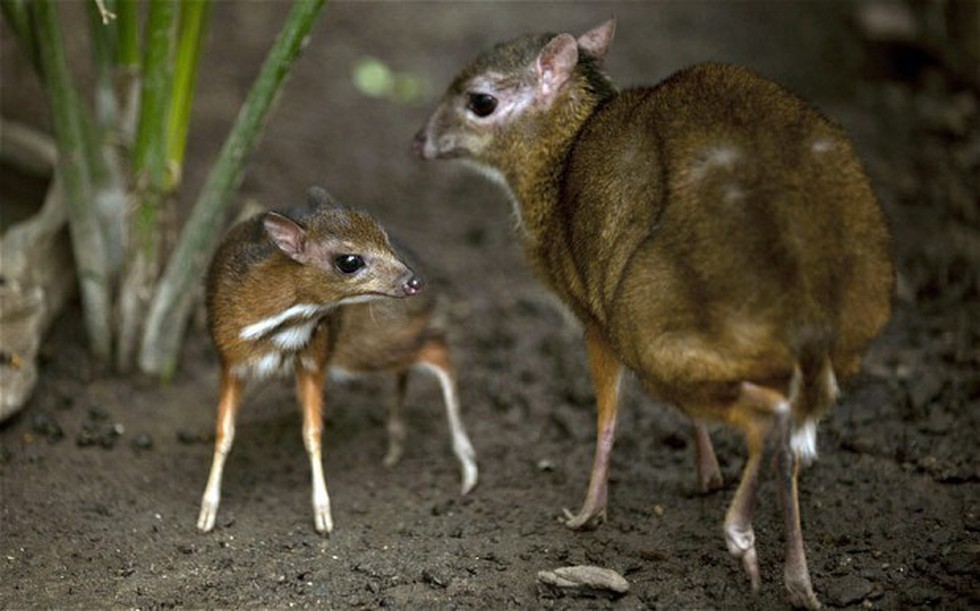About Kanger Valley National Park:
- Location: It is located in Jagdalpur in Bastar district of Chhattisgarh state.
- The National Park derives its name from the Kanger River, which flows centrally from the Northwest to the Southeast direction.
- It got the status of a national park in the year 1982.
- Topography:It is noted for its highly heterogeneous land formations ranging from low flat and gentle areas to steep slopes, plateaus, valleys, and stream courses.
- It is home to three exceptional caves – famous for their amazing geological structures of Kutumbasar, Kailash and Dandak- Stellagmites and Stalactitees.
- National Park is known for the presence of underground limestone caves with dripstone and floston. The stalegmites and stalactite formation is still increasing.
- Tirathgarh Waterfall is located in Kanger Valley National Park.
- Vegetation: It is distinguished blend of mixed moist deciduous type of forests with the predominance of Sal, teak and bamboo.
- Fauna:
- Major wild animals include tigers, mouse deer, leopards, wildcat, sambar, chital, barking deer, langurs, jackals, rhesus macaque, flying squirrel etc.
- The areal fauna at the park consists of common hill myna, red jungle fowl, spotted owlet, racket-tailed drongos, parrots etc.
Key facts about rare Indian Mouse Deer or Spotted Chevrotain:
- It is the smallest deer in India and is highly nocturnal.
- Scientific Name: Moschiola indica
- Distribution:
- It is endemic to the Indian subcontinent.
- It is mainly found in peninsular India with some old records from Nepal.
- Sri Lanka has a separate species called spotted chevrotain (Moschiola meminna).
- Within India, it is commonly encountered in a number of forest areas along the Western Ghats, in the Eastern Ghats up to Orissa, and in the forests of central India.
- Features:
- It is small, 25-30 cm at shoulder height, and weighs from two to four kg.
- A unique feature of this group is that instead of four-chambered stomach like in other ruminants, they have a three-chambered stomach.
- It forages on forest floor for fruits, roots, leaves and herbs.
- It has occasionally been observed eating insects, crustaceans and even small mammals.
- Conservation Status:
